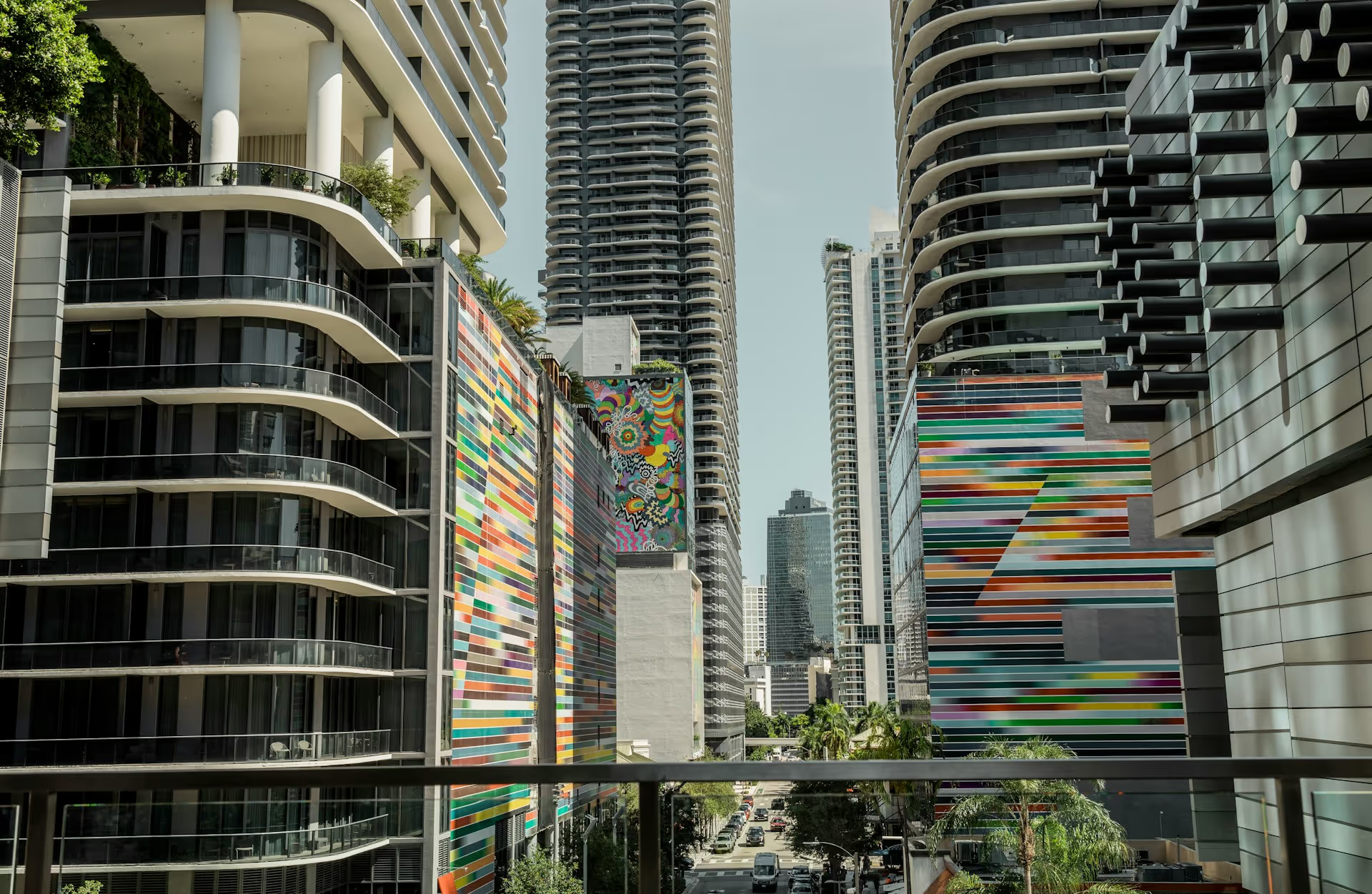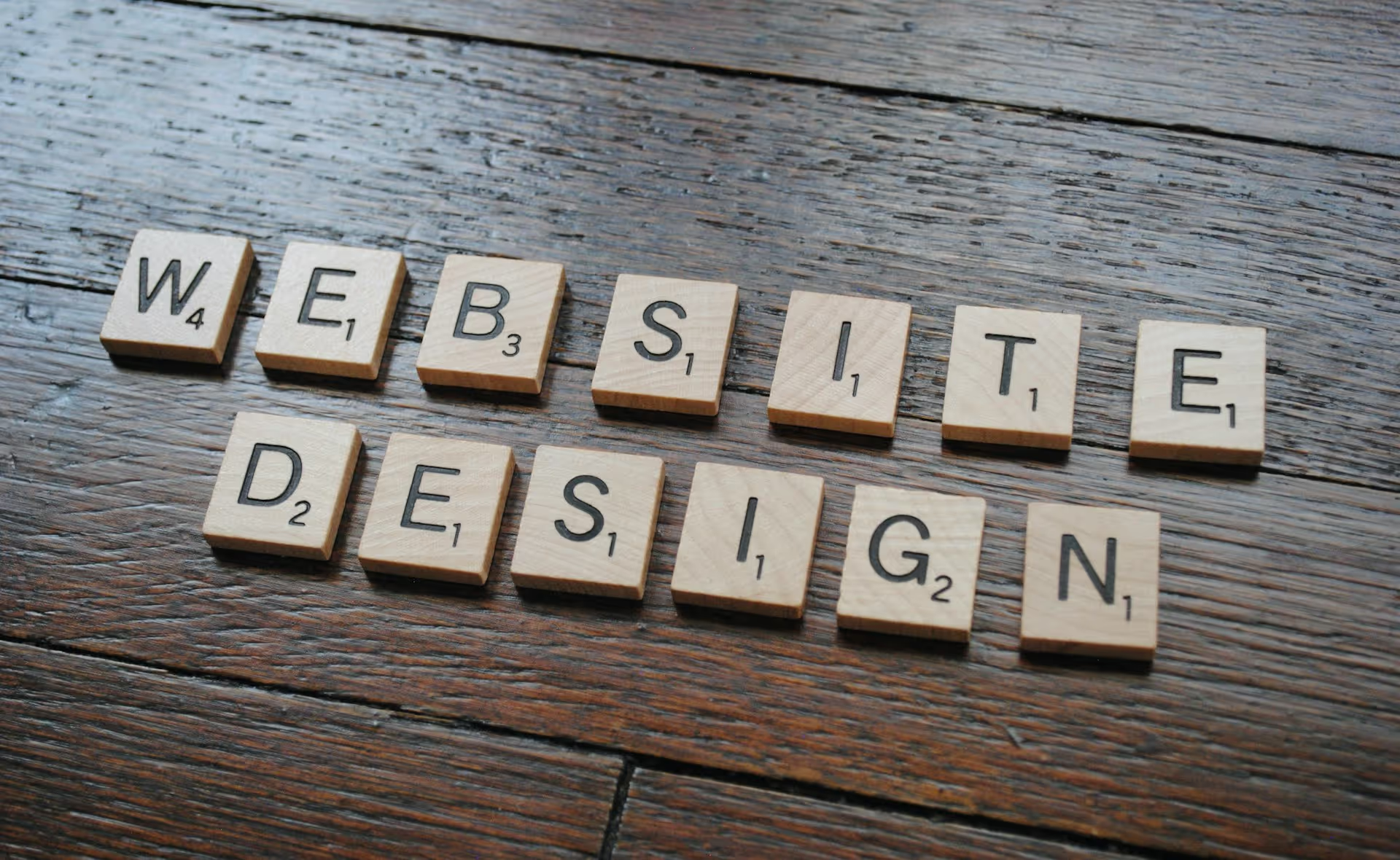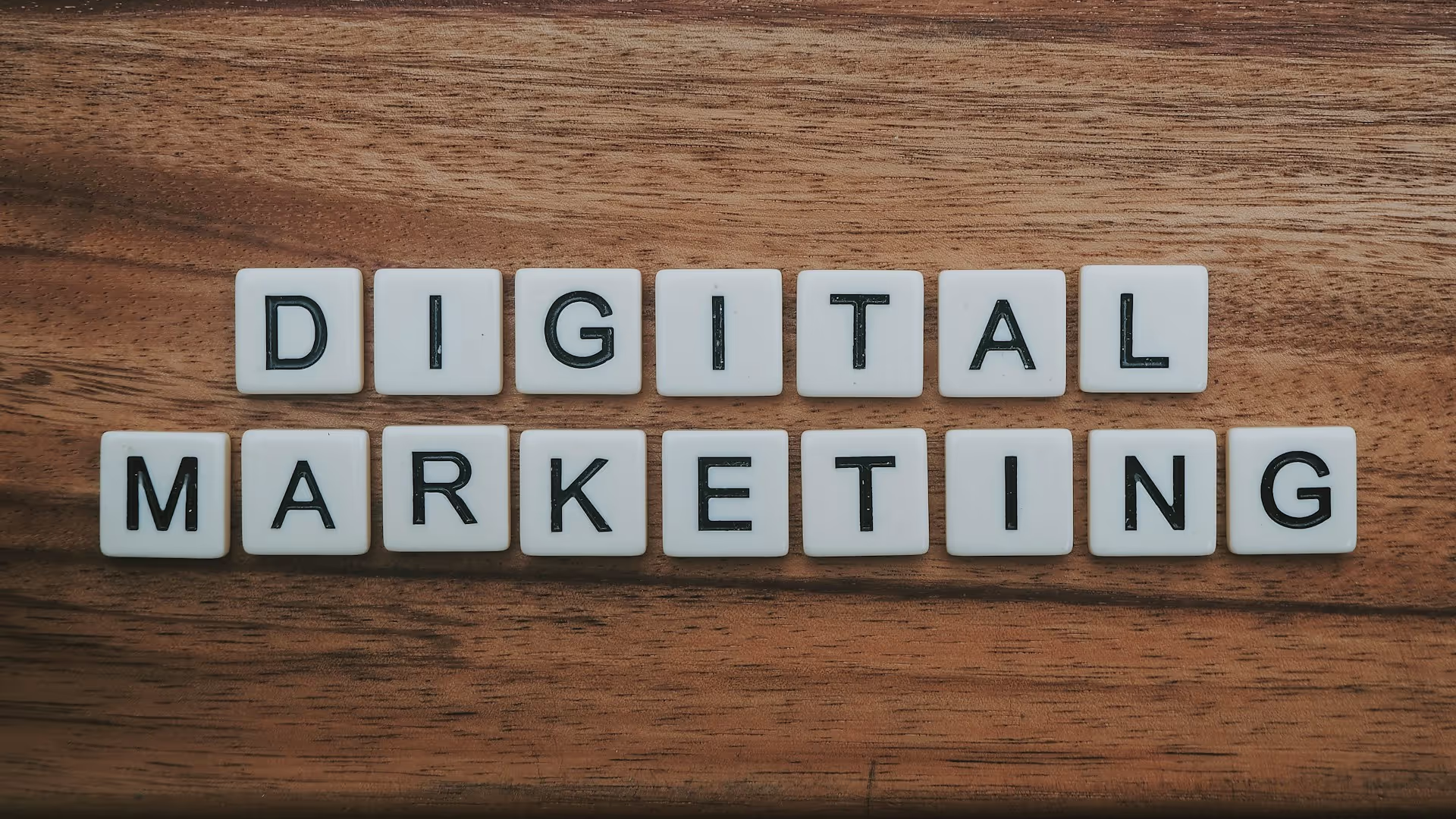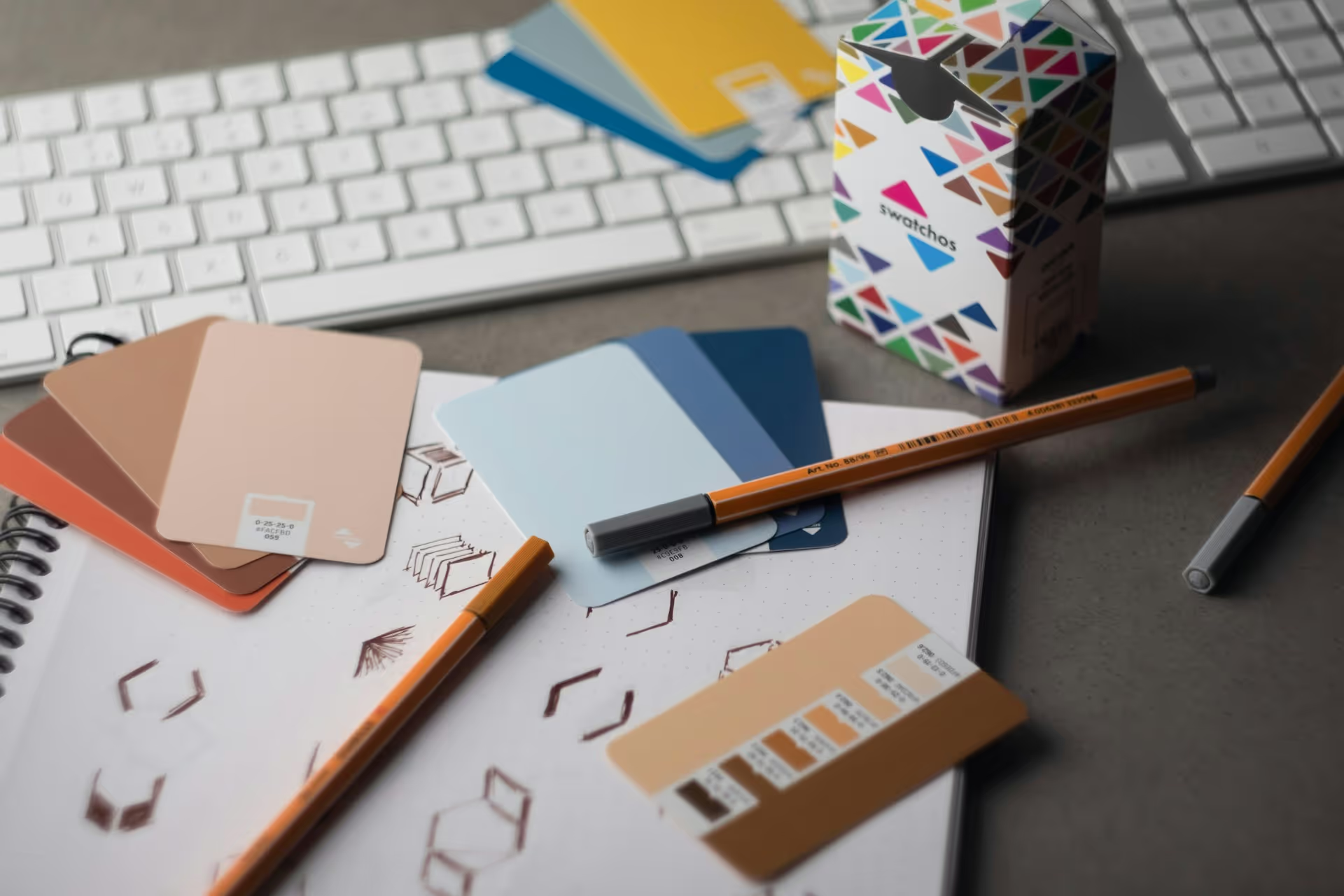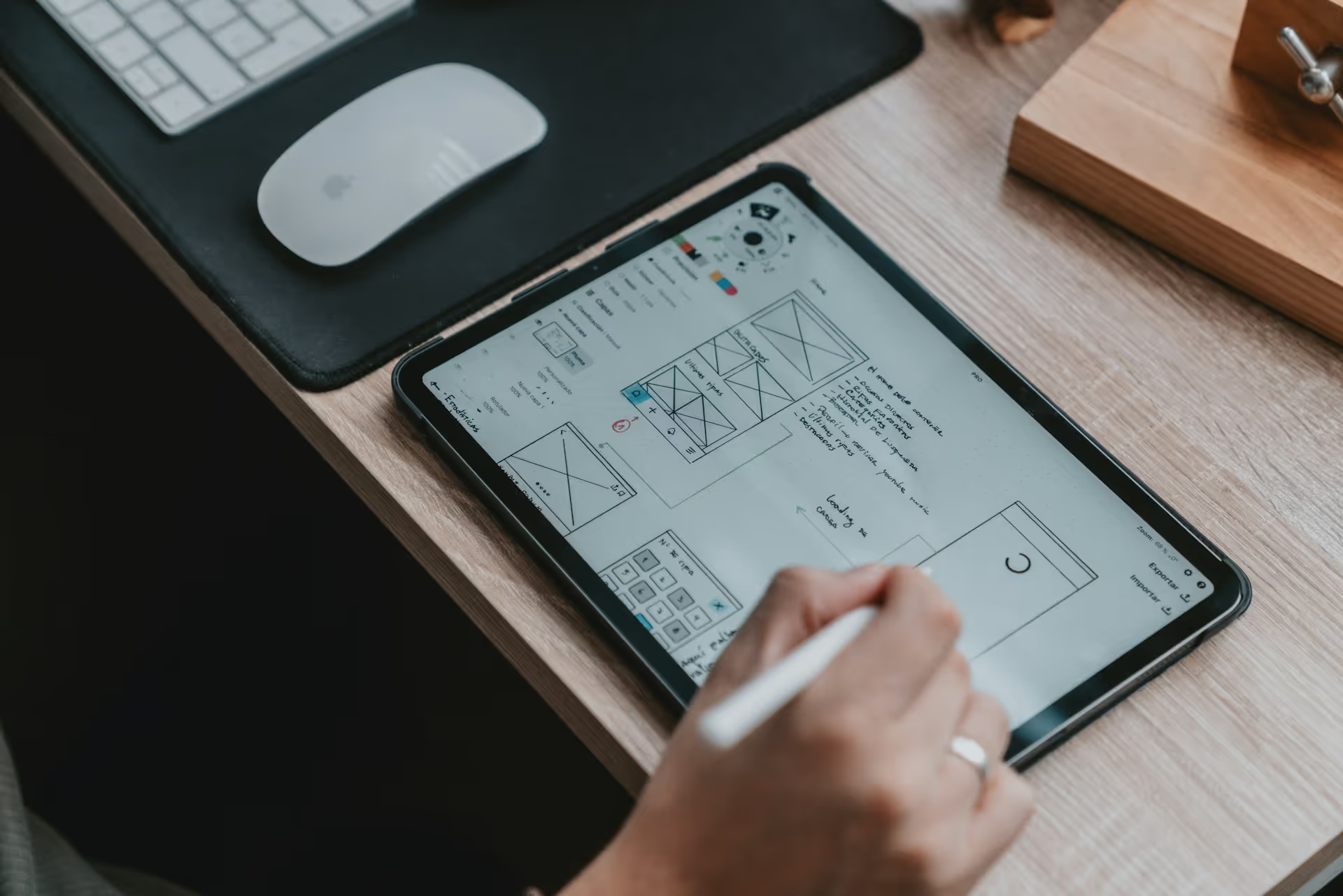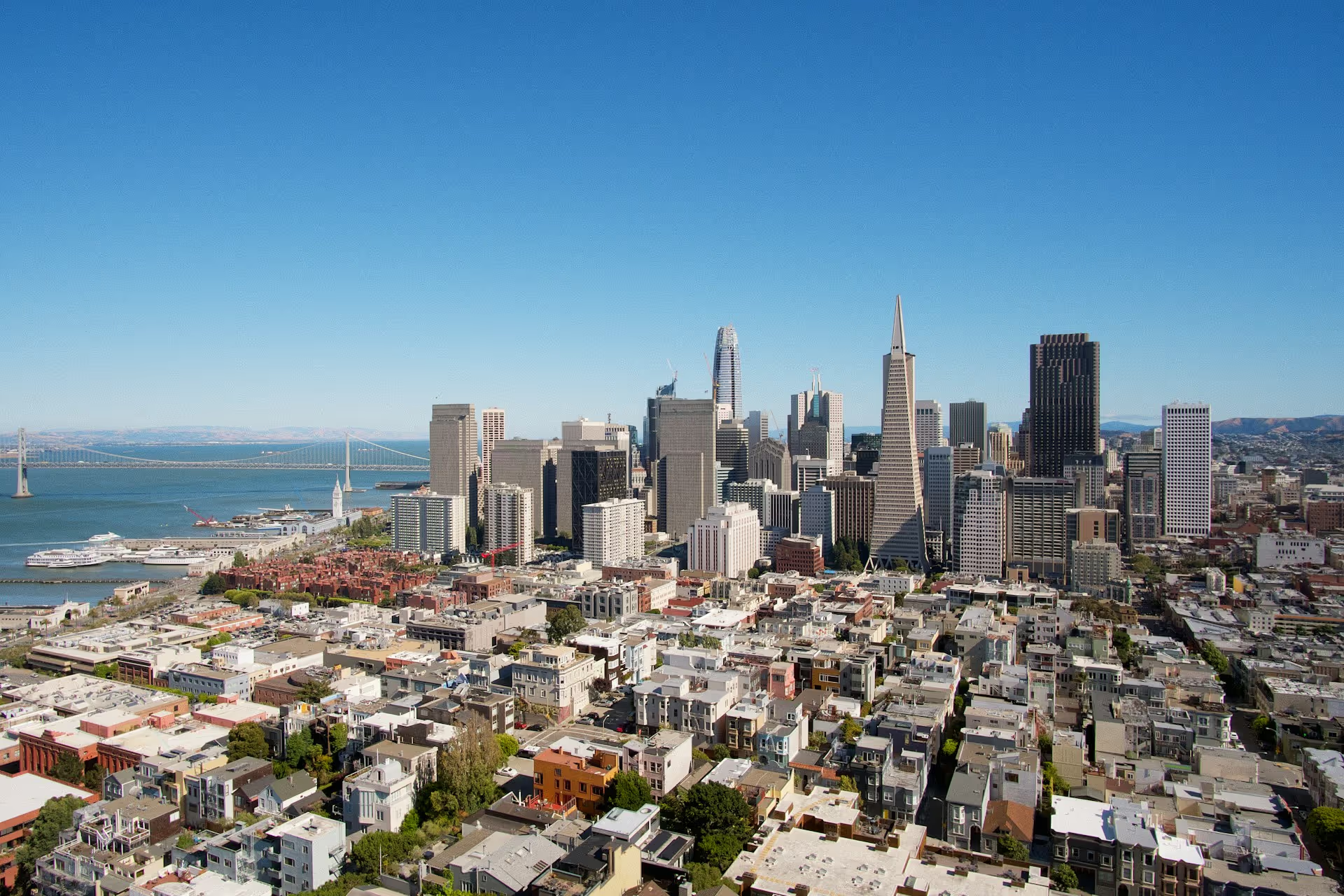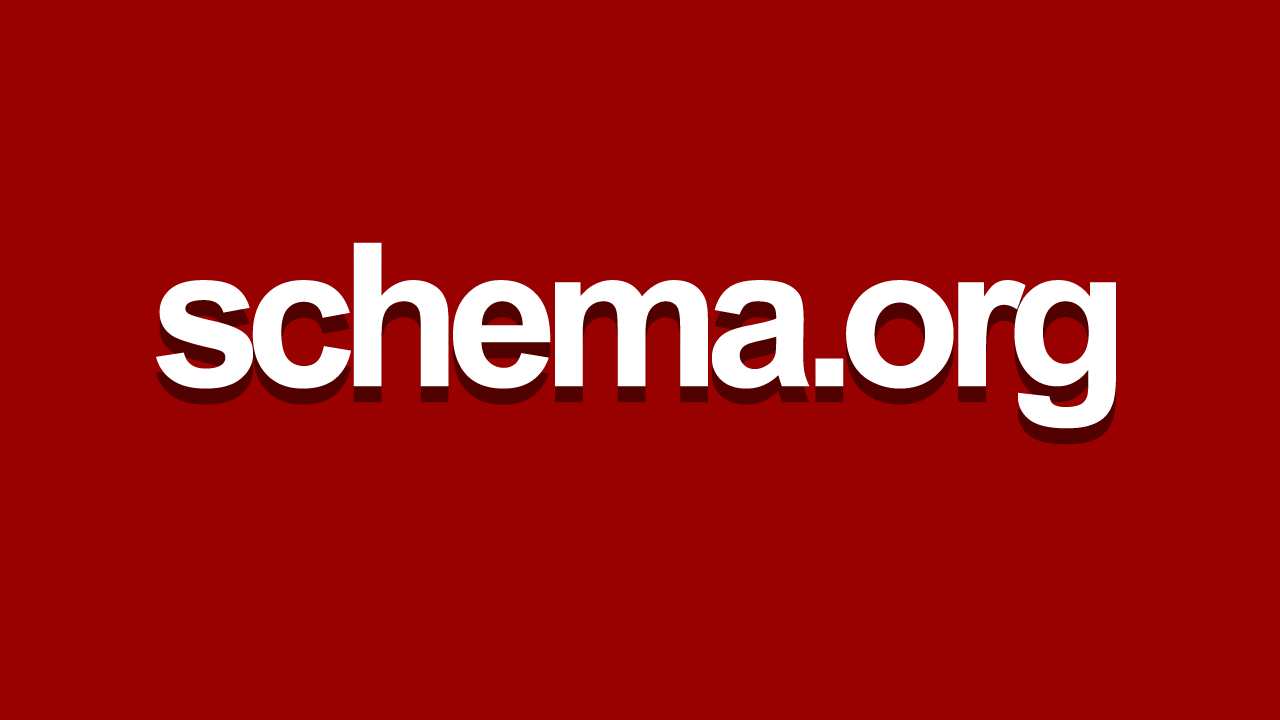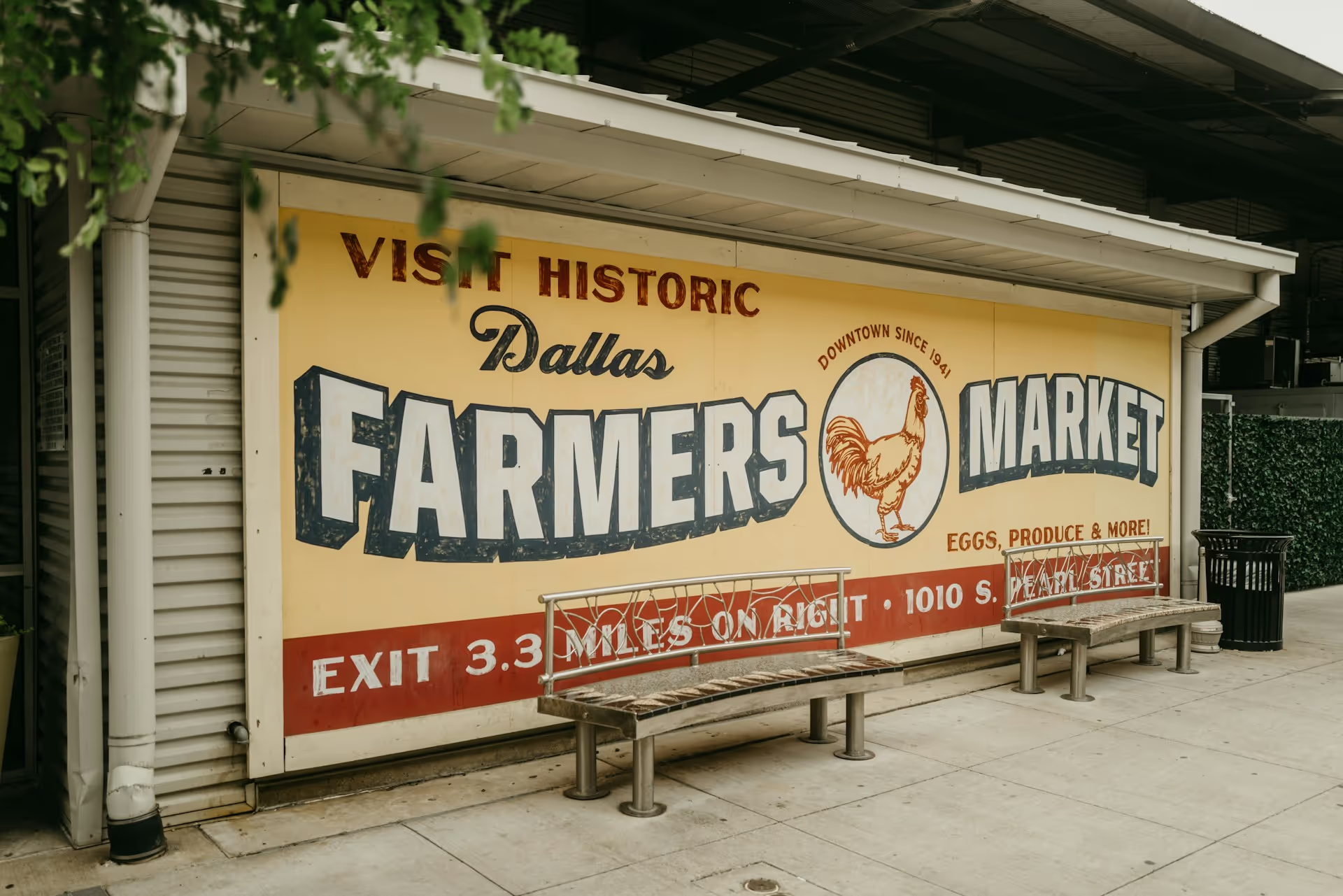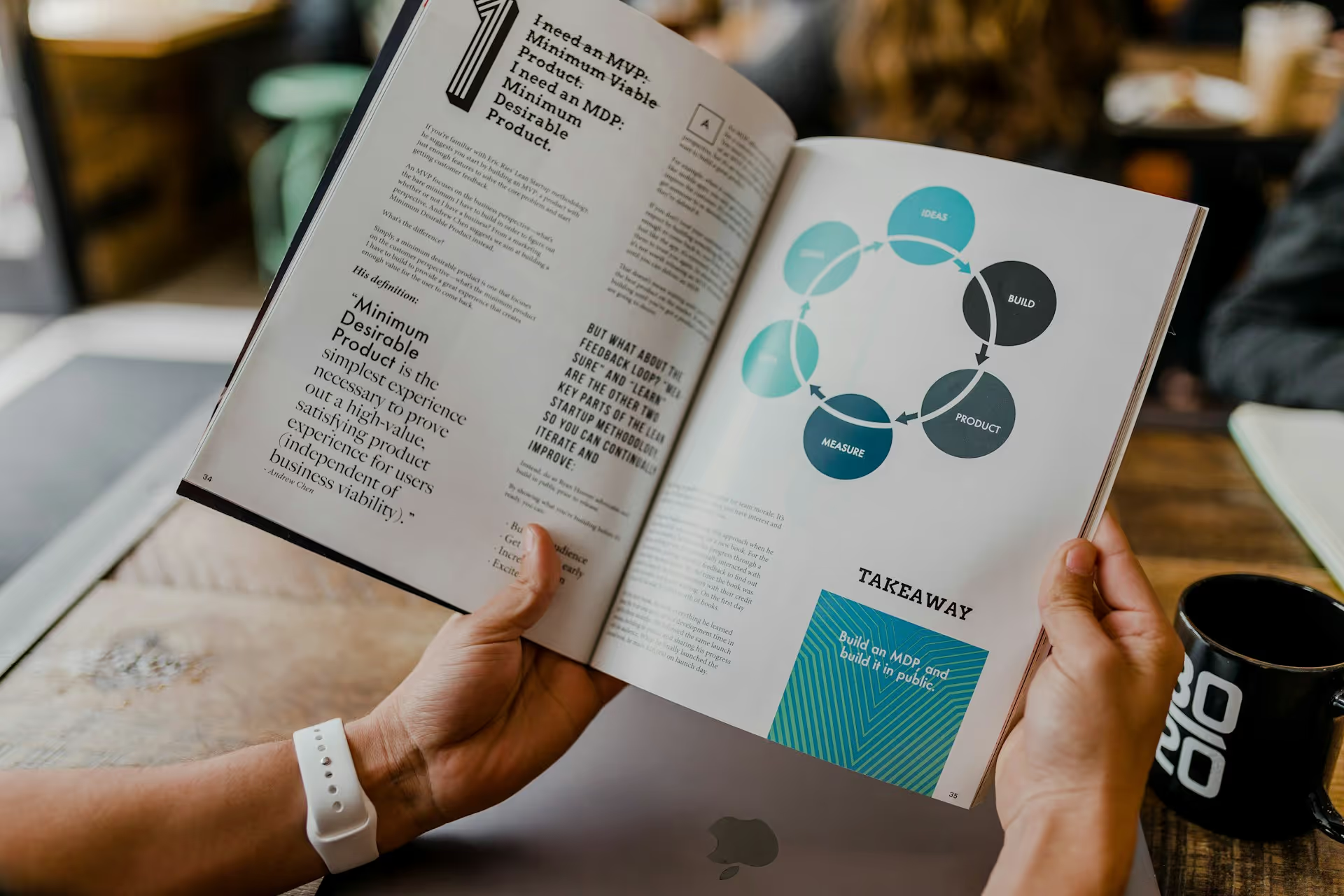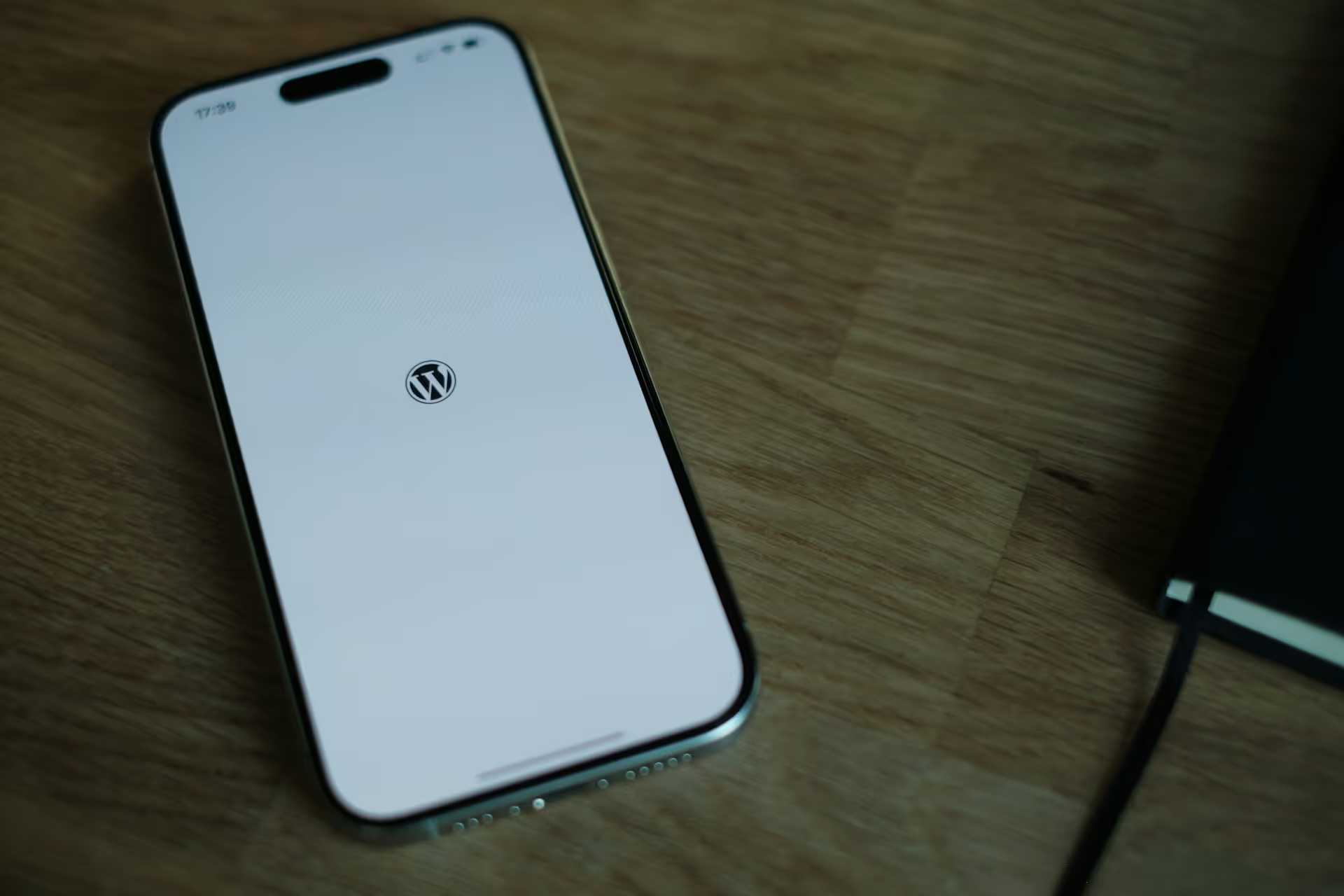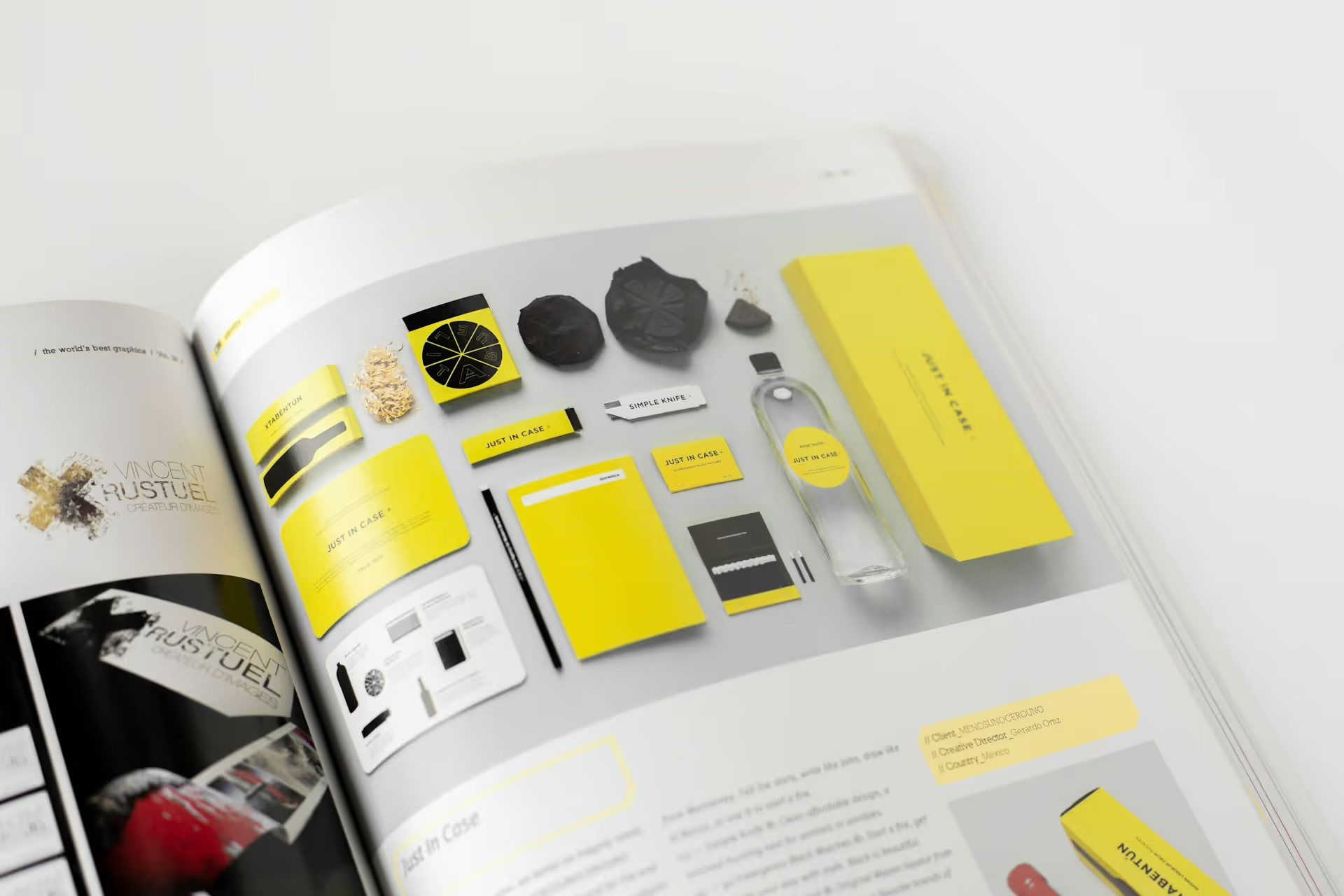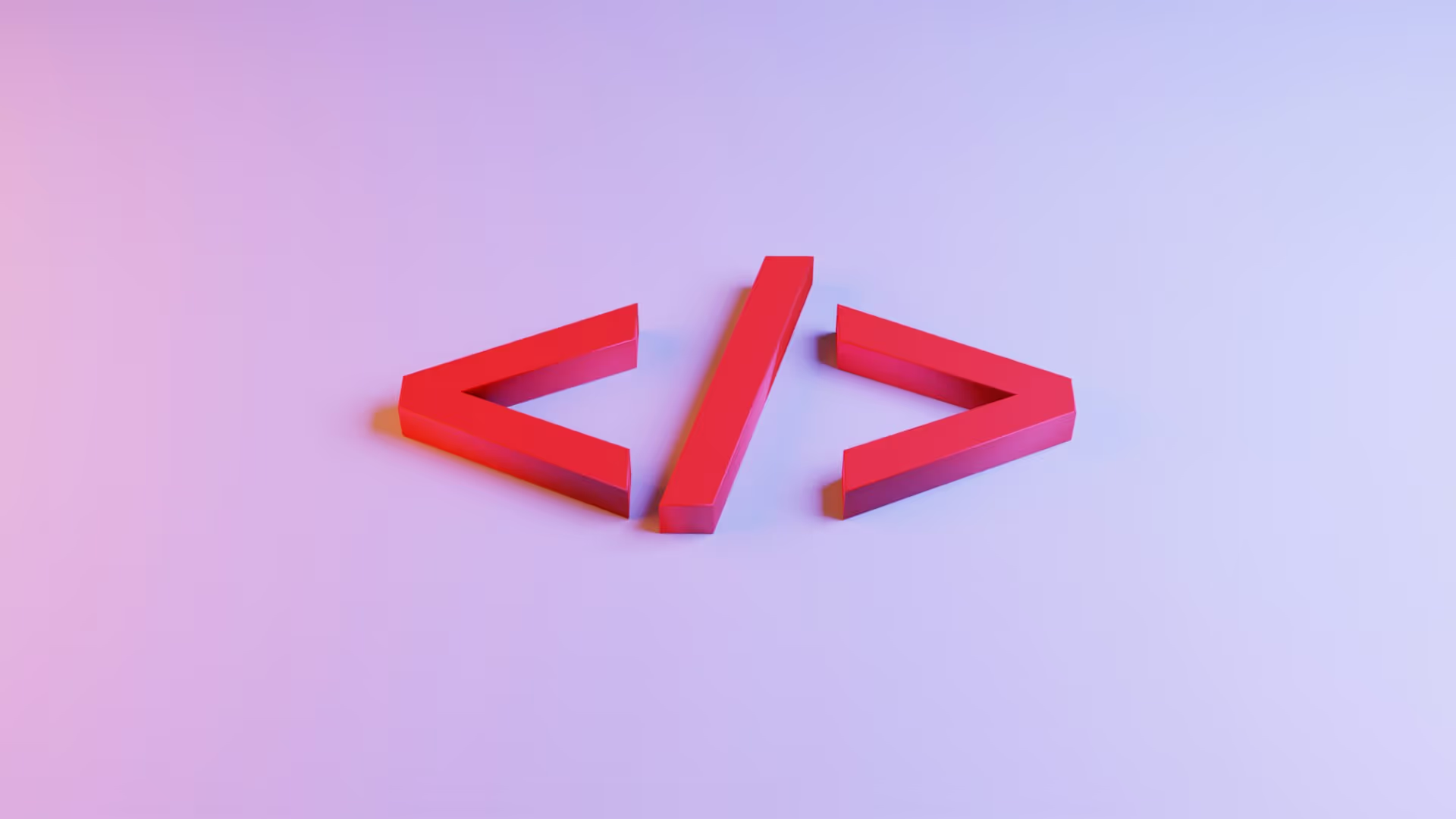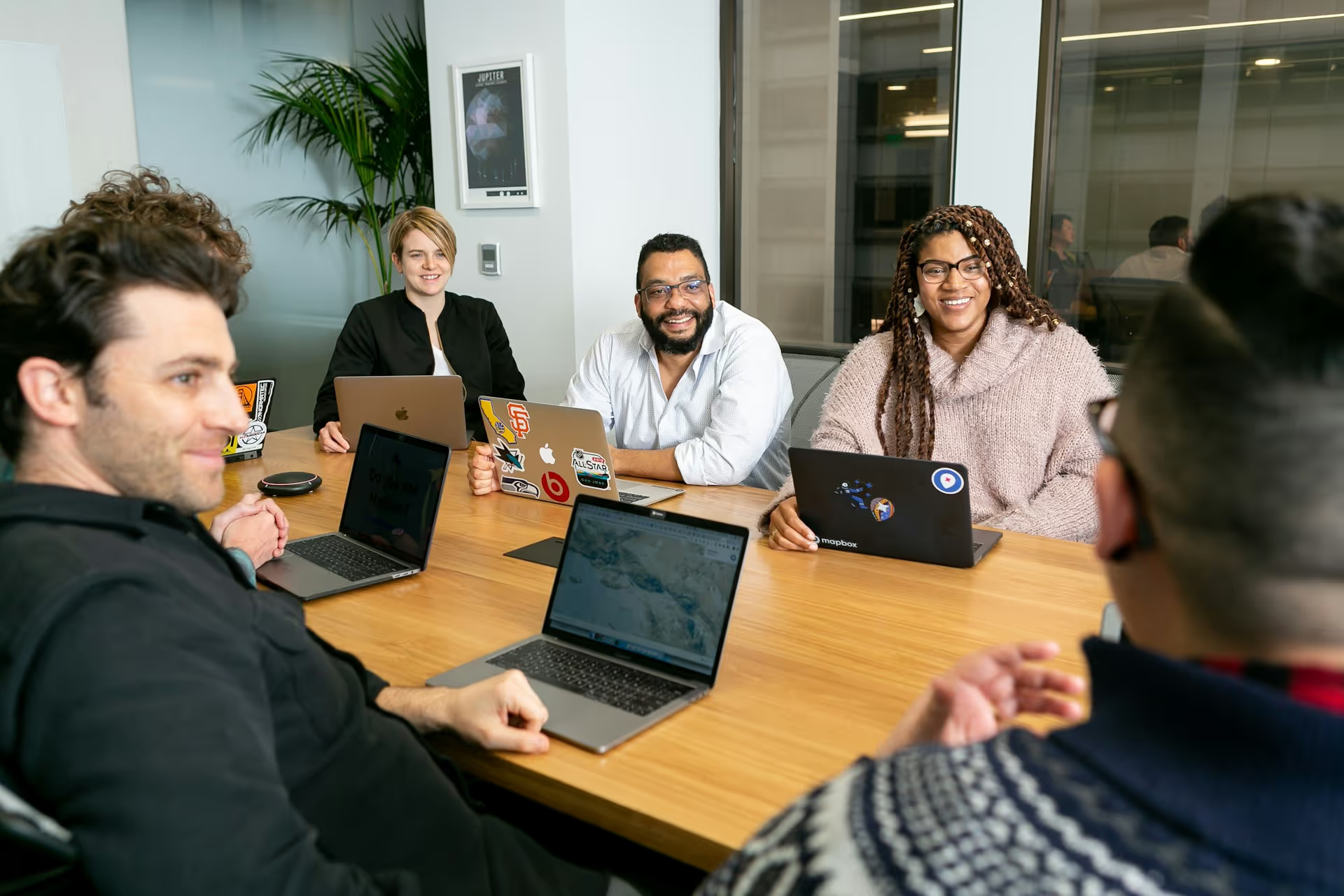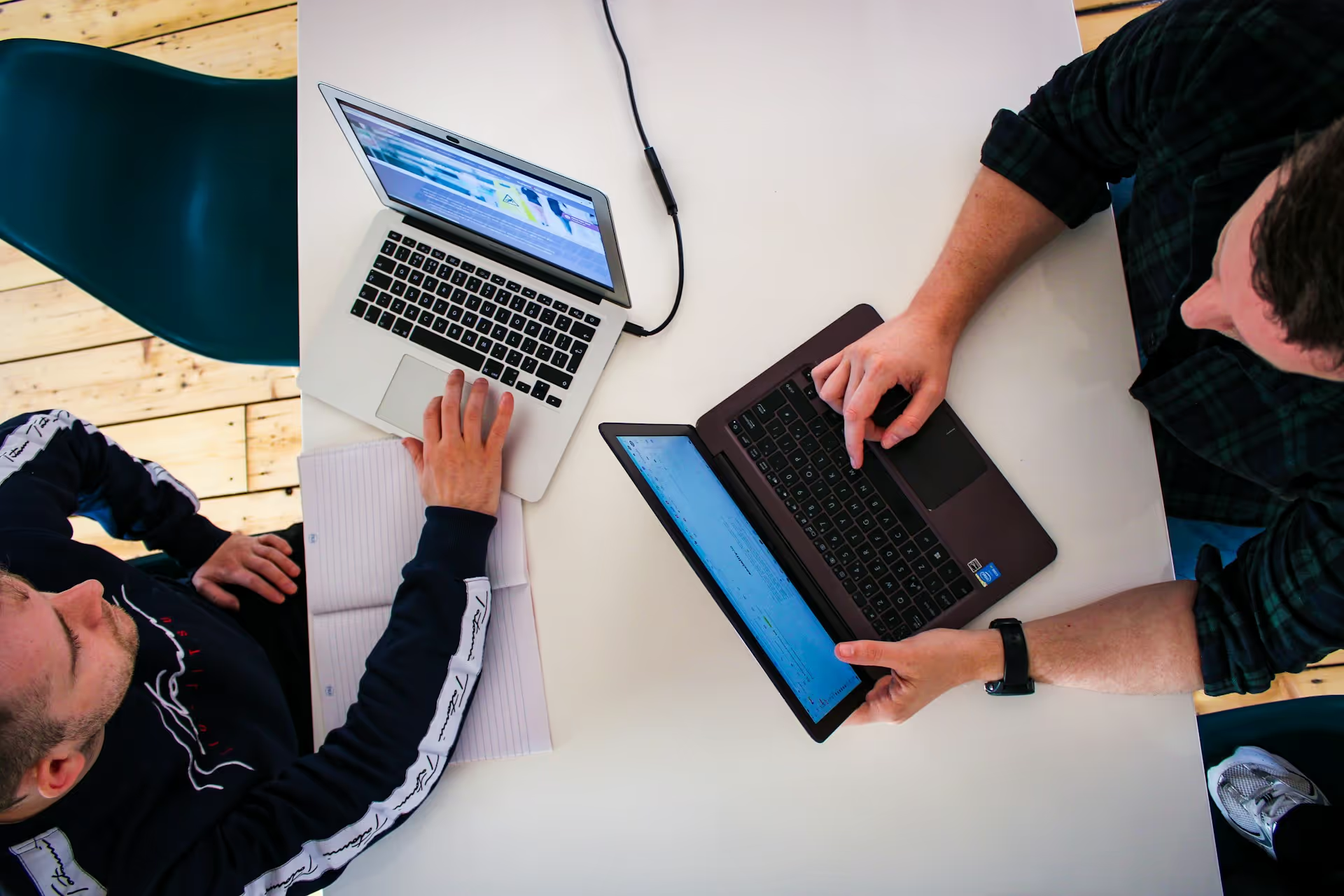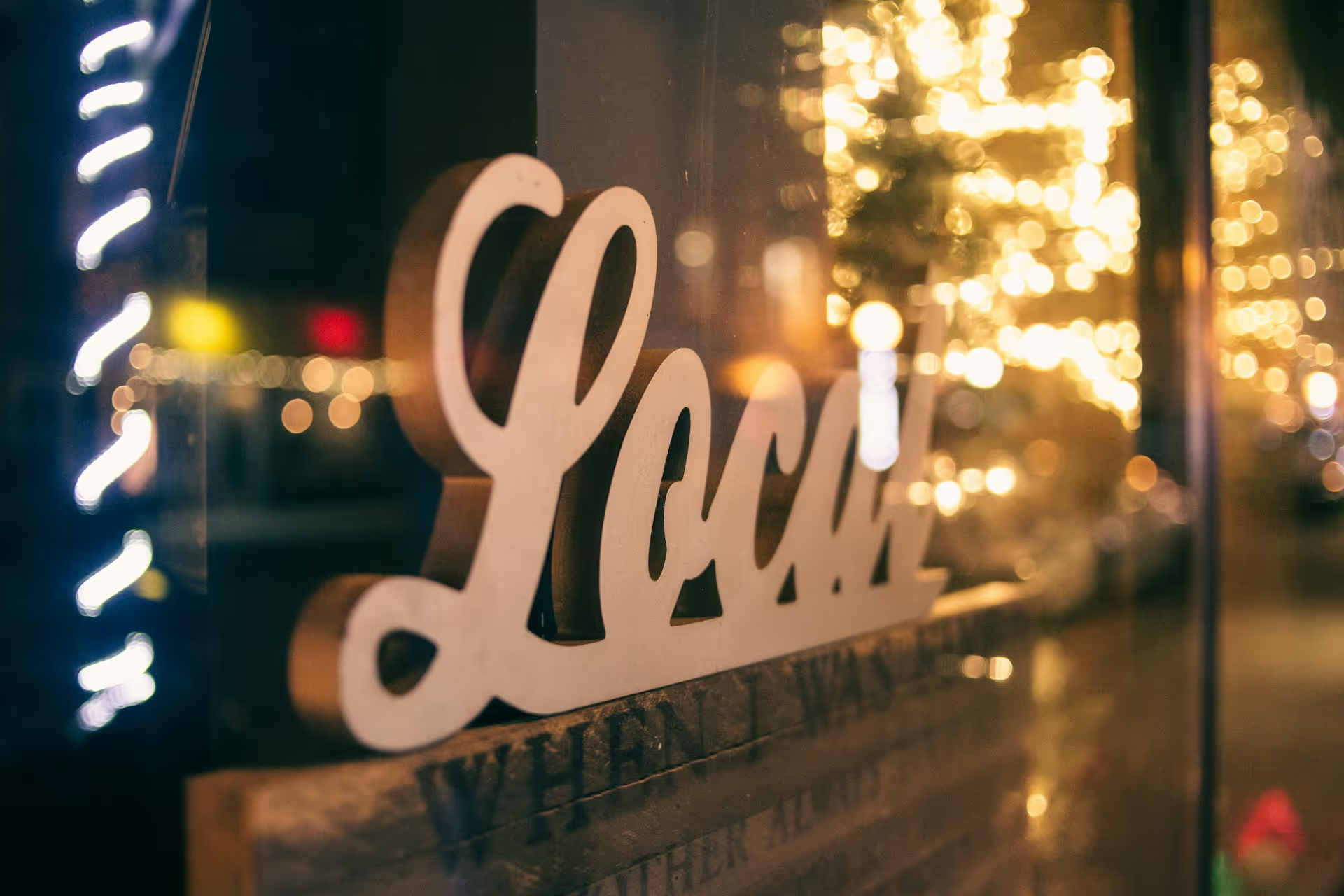
How to Build a Scalable Brand System That Grows With Your Los Angeles Business
1. Introduction:
In a city like Los Angeles—where speed, style, and visibility drive business—brands can’t afford to break down as they grow. Whether you’re a fast-scaling DTC startup, a SaaS company expanding beyond the West Coast, or a service provider diversifying into new verticals, your brand must do more than look good. It must scale.
That’s where a scalable brand system comes in.
In this in-depth guide, we’ll walk you through exactly how to build a brand system that adapts, performs, and strengthens as your Los Angeles business grows. You’ll learn:
- What a brand system really is (and how it’s different from brand guidelines)
- The components of a system that works across design, content, marketing, and product
- How to design for growth across platforms, channels, and markets
- Real-world insights from LA brands that scaled right
- How Brightter helps businesses build brand systems designed for scale, consistency, and creative freedom
Let’s dive in.
2. What Is a Scalable Brand System? (And What It’s Not)
A scalable brand system is more than a logo and a color palette. It’s a dynamic, modular set of rules, assets, and principles that allow your brand to be:
- Consistent across all channels
- Adaptable across audiences, markets, and use cases
- Easy to apply by internal teams and external partners
It’s not just:
- A PDF style guide that sits unused in Google Drive
- A brand book with fonts and color swatches and nothing else
- A one-time “rebrand” delivered by a design agency and forgotten
It is:
- A system of components—visual, verbal, and experiential—that work together across web, print, motion, email, product, and social
- Designed with scalability in mind, for multiple products, teams, and regions
- Built with the right tools: Figma libraries, component-based design, CMS templates, voice guides, and tokenized design systems
In a competitive market like LA—where your competitors are investing heavily in creative, performance marketing, and cross-platform engagement—having a scalable brand system isn’t a luxury. It’s your operating system for growth.
3. Why LA Businesses Need Scalable Brand Systems Now
Los Angeles is a brand-forward city. From fashion and wellness to fintech and media, your audience doesn’t just notice how you look—they expect consistency, polish, and purpose at every touchpoint.
Whether you’re launching products monthly, scaling teams internationally, or producing weekly campaigns with influencers, you need a brand system that can:
a. Adapt to Multichannel Marketing
Your campaigns run across:
- Meta ads, TikTok, YouTube Shorts
- Email and SMS
- Influencer content and partnerships
- Branded merch and packaging
A scalable brand system ensures that whoever’s executing your creative—agency, freelancer, or intern—gets it right.
b. Support Global or Multi-Location Expansion
As LA brands grow, they often expand into:
- New cities or regions with localized campaigns
- Multilingual markets
- New cultural aesthetics (what works in West Hollywood may not work in Seoul)
Brand systems create guardrails and flexibility for localization without dilution.
c. Enable Product and Content Teams
Your marketing team shouldn’t be the only one thinking about brand. Your product designers, content creators, and operations teams also need tools that:
- Deliver consistency without stifling creativity
- Provide templates, rules, and reusable components
- Work in the tools they use every day (Figma, Notion, Webflow, etc.)
d. Attract and Align Talent
Employees want to work somewhere that has a clear point of view. A great brand system isn’t just external-facing—it helps align culture, onboarding, internal documents, and values with clarity.
Brightter designs systems that become a company’s internal language—not just a marketing asset.
4. The Core Components of a Scalable Brand System
To scale with confidence, your brand system must be modular, comprehensive, and accessible. Here are the components we include for LA businesses:
a. Brand Strategy Foundations
- Positioning: Who are you for, and why now?
- Mission, vision, and values
- Audience personas and journey mapping
- Market context and category analysis
These foundational pieces drive everything from voice to design choices. If they’re unclear, the rest of the system will collapse.
b. Visual Identity System
- Logo suite (primary, secondary, logomarks, icons)
- Color palette with accessibility contrast ratios
- Typography system with mobile, desktop, and print use
- Grid and layout rules
- Design tokens for digital consistency
In LA, where aesthetics matter deeply, a flexible but consistent identity lets you flex into high-end partnerships, product launches, and media appearances without going off-brand.
c. Voice & Messaging Framework
- Tone of voice (personality spectrum, do’s and don’ts)
- Messaging hierarchy (tagline, elevator pitch, long-form story)
- Channel-specific voice guides (website, email, social, investor decks)
- Product copy and UI microcopy tone
A strong voice helps LA brands feel human, credible, and distinct—especially across founder-led brands and content-heavy categories.
d. Content & Campaign Templates
- Paid ad templates with copy modules and layout specs
- Social templates with image + text ratios and engagement styles
- Press and pitch decks with storytelling structure
- Email modules for announcements, launches, and newsletters
These assets accelerate execution without creative compromise.
e. Design System + Figma Libraries
- Reusable UI components
- Interaction patterns (buttons, forms, navigation)
- Icon sets, illustration styles
- Accessibility guidelines (color, motion, keyboard navigation)
This helps bridge the gap between brand and product design—critical for LA brands with in-house tech or e-commerce teams.
f. Guidelines for Expansion and Flexibility
- Brand “stretch” rules (how far can we go before it breaks?)
- Localization guidance (for new languages, audiences, or markets)
- Co-branding do’s and don’ts (influencers, collabs, partnerships)
- Governance: Who owns what? How do you evolve it over time?
Brightter documents these in living Notion or Webflow brand hubs—making your system usable, searchable, and always up to date.
5. How to Build (Not Just Design) a Scalable Brand System
Here’s the blueprint we follow with our Los Angeles clients:
Step 1: Brand Discovery Sprint
- Stakeholder interviews and workshops
- Competitor and landscape audit
- Audit of current brand assets and performance
Step 2: Strategic Positioning & Voice
- Clarify your "why," your audience, and your edge
- Develop core messaging pillars
- Build your tone of voice system
Step 3: Identity & Visual System Design
- Explore multiple creative directions
- Iterate with real-world mockups (homepage, email, ad)
- Deliver complete visual assets in usable formats
Step 4: Design System & Asset Creation
- Create Figma components and style libraries
- Build social, ad, and content templates
- Document everything in a centralized hub
Step 5: Rollout + Team Enablement
- Training for internal teams and creative partners
- Asset handoff and onboarding guides
- Update schedules and system governance
Brightter’s approach isn’t just about delivering a pretty PDF—it’s about embedding brand into your infrastructure.
6. Mistakes to Avoid When Scaling Your Brand
a. Treating Branding as a Project, Not a Platform
Brands that scale treat their system like software: versioned, evolving, and performance-reviewed. If you set it and forget it, it breaks.
b. Underestimating Internal Alignment
Even the best brand design fails if teams don’t use it. Education, onboarding, and access are key.
c. Designing Without Strategy
If your design system isn’t grounded in your positioning and audience insight, it will look good but perform poorly.
d. Relying on Freelancers Without Centralized Systems
Working with freelancers is fine—but without a system, the brand fragments fast.
7. How Brightter Builds Brand Systems for LA Businesses
We work with LA businesses that are:
- Preparing to raise capital and need a more mature presence
- Launching new product lines or expanding to new geographies
- Experiencing design and content bottlenecks across teams
- Ready to shift from “freelancer-built” to “enterprise-ready” systems
Our services include:
- Strategic brand positioning
- Full brand identity systems
- Webflow and CMS site design
- Figma design systems + component libraries
- Ongoing brand maintenance and support
Whether you’re DTC, SaaS, services, or something in between—we build brand systems that grow with you.
8. Final Thoughts: Build the System That Builds Your Brand
In LA, your brand is your reputation before you enter the room. As you grow, it becomes your multiplier—aligning your team, converting your audience, and reinforcing your edge.
Don’t settle for guidelines that gather dust.
Build a system that scales.
Let’s build yours. Book a strategy call with Brightter.



.avif)






